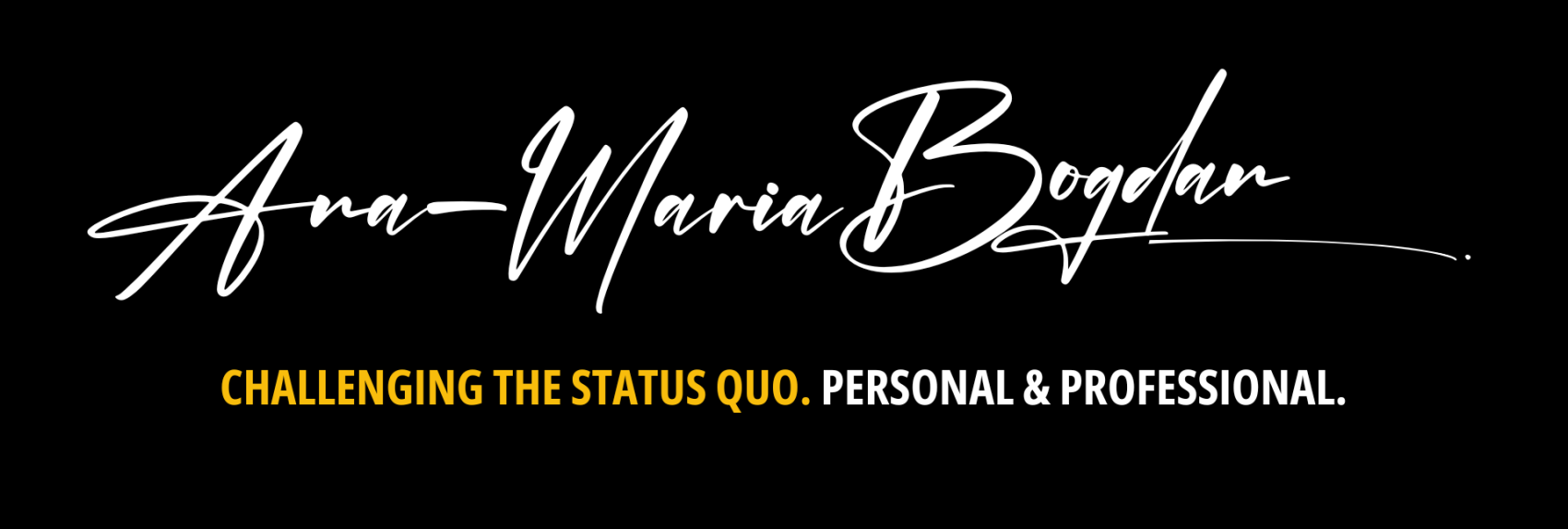According to Ookla’s 2015 report, Romania ranks 1st in the top of broadband internet download speed in Europe. At global level, with a 69.62 Mbps, Romania has an honorable fourth …
Tag:
According to Ookla’s 2015 report, Romania ranks 1st in the top of broadband internet download speed in Europe. At global level, with a 69.62 Mbps, Romania has an honorable fourth …


Keywords defining the work I do: CONSULTANCY – #digital, #marketing, #content, #changemangement
HEALING THERAPIES – #alternativetherapy #spirituality #personaldevelopment
HANDMADE JEWELRY
Get to know me better!
@2015-2025 – Ana-Maria Bogdan. All Right Reserved.